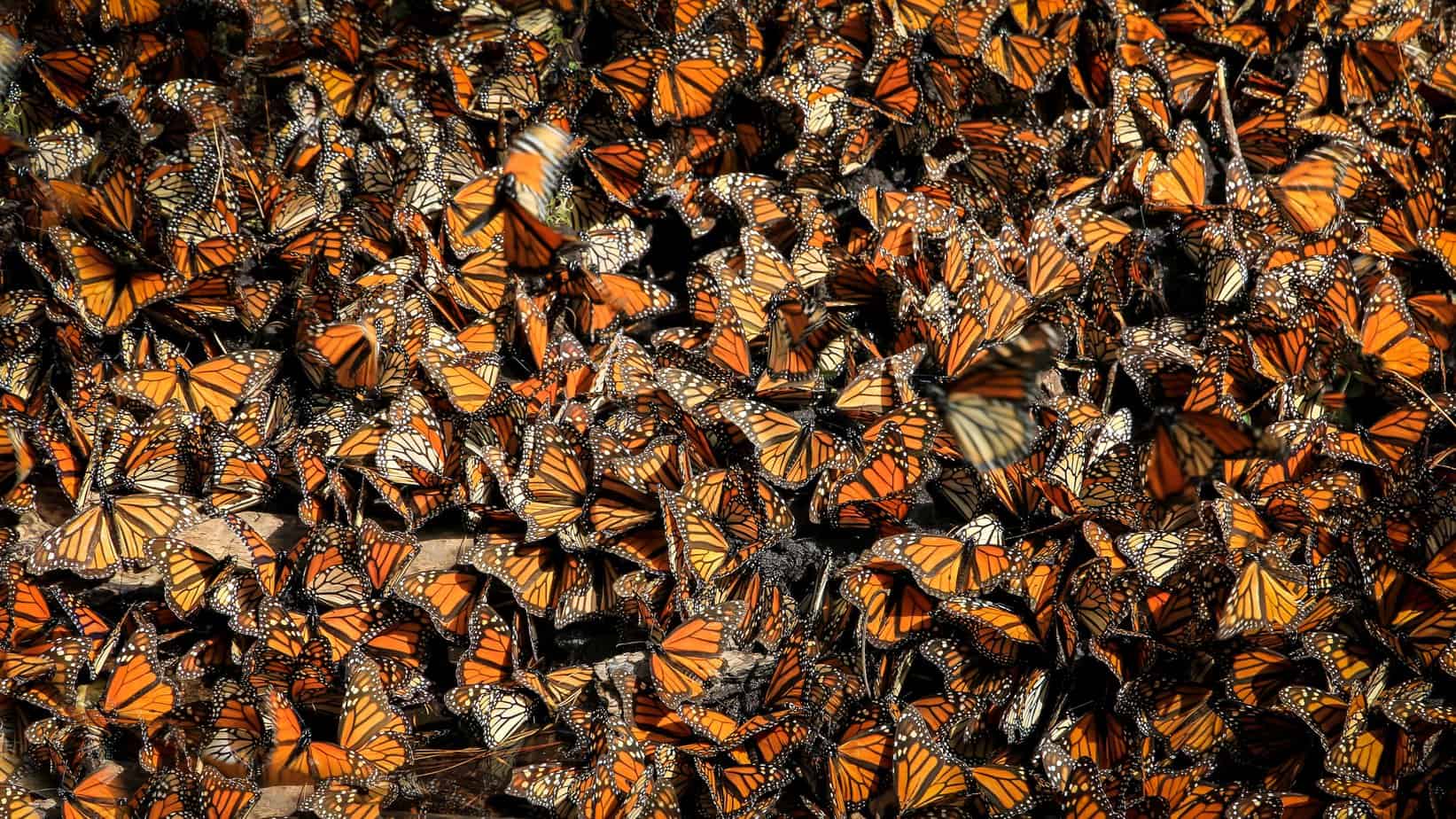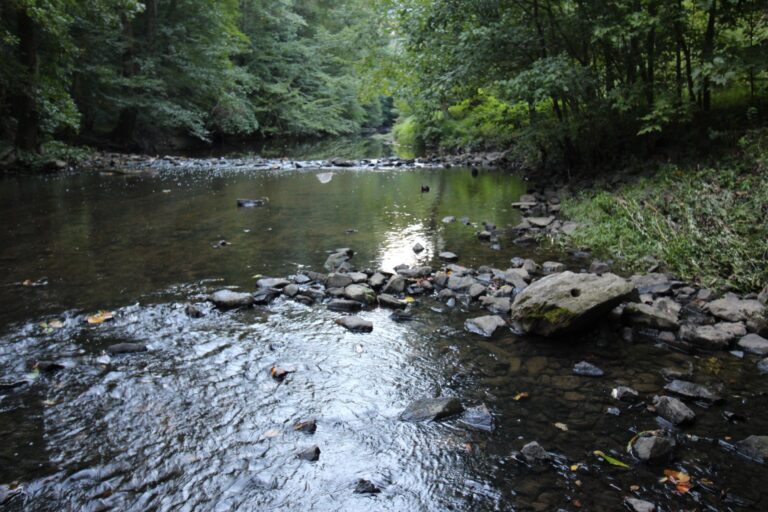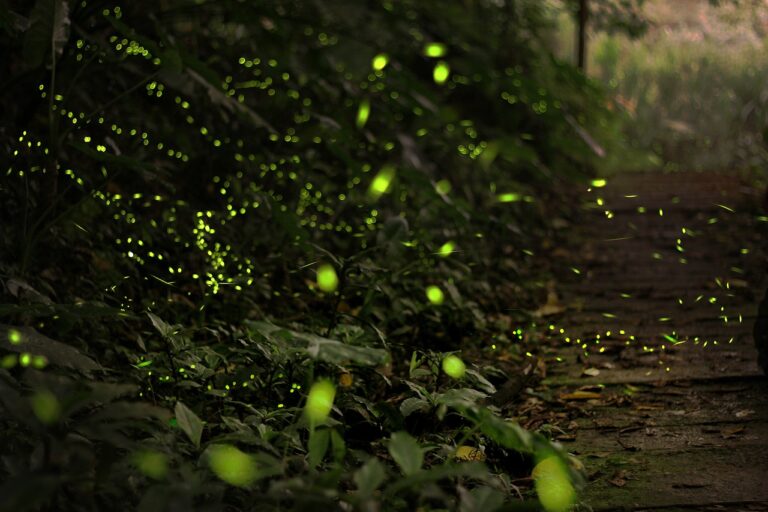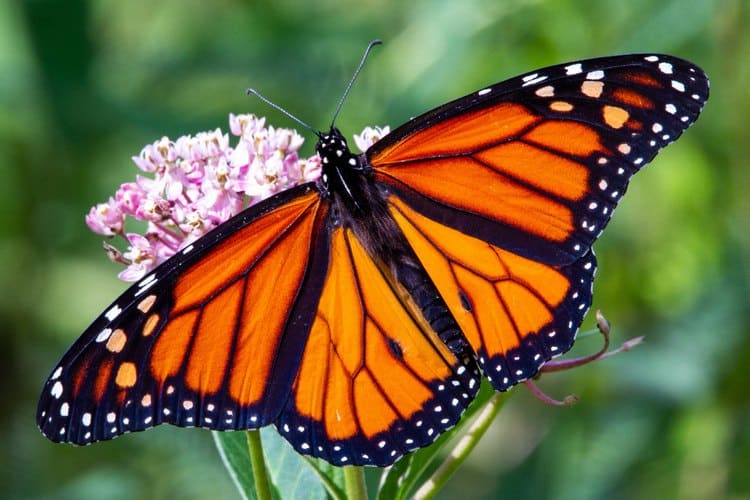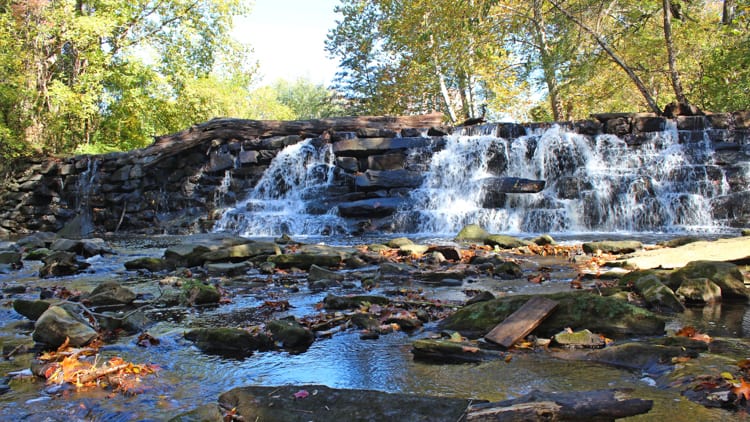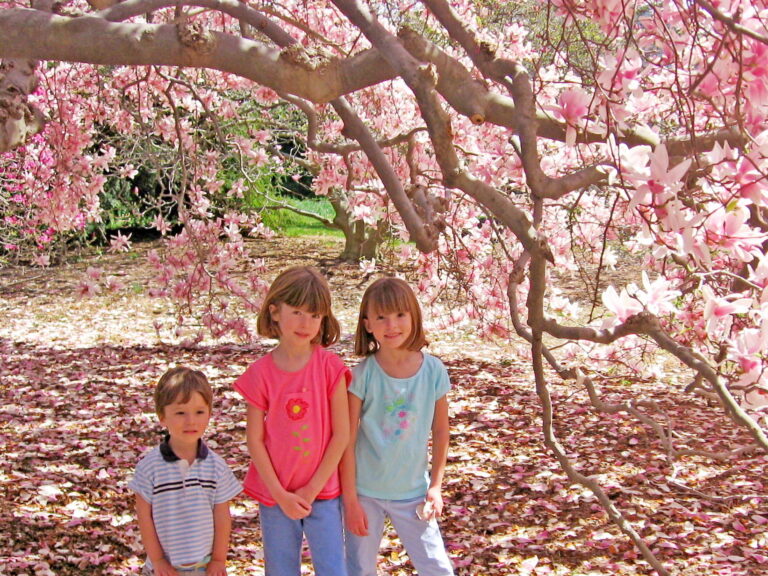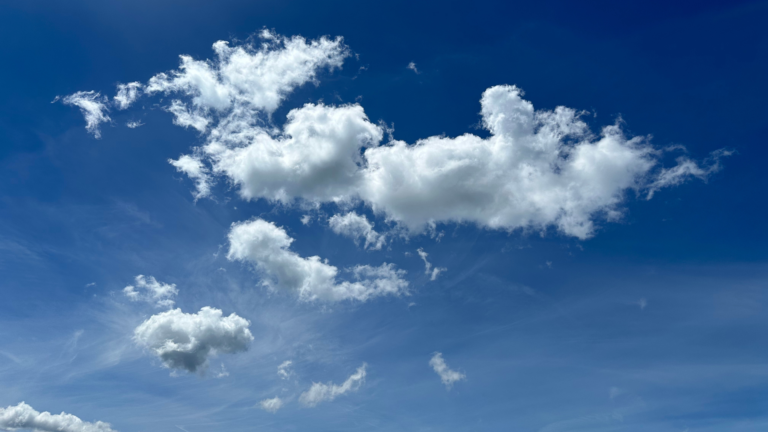Monarch Migration: Track Butterflies on their Journey
Monarch butterflies are renowned for their beauty, with their orange wings delicately outlined in black. But arguably, monarch migration is an even more impressive aspect of these amazing insects. In the summer, millions of monarch butterflies settle in the Midwest and Northeast of the U.S. as well as in Canada. But when winter approaches, they migrate to only a few small fir forests in central Mexico. Why do they do this and how do they make it so far?
Biologists Need Community Scientists to Monitor Monarch Migration
Biologists have studied monarchs for decades to figure this out. It depends on many factors but a lot still remains a mystery. So they need community scientists like you to help them track the butterflies on their journey. They ask that you keep track of the monarch butterflies that arrive in your local area and report them to a central database. Then they ask many other community scientists to do the same thing as well. As a result, they can then paint a better picture of what is going on with monarchs When are they arriving and leaving? What habitats are they favoring along the way? How well are they reproducing? What are their potential environmental threats?
It is crucial that scientists are able to answer these questions because monarch butterflies are not doing well. Their numbers have been plummeting (see “Butterflies in Peril: Help Save the Monarch”). But to help you more fully understand what is going on, let’s learn a little about the biology and migration patterns of a monarch butterfly.
The Biology and Behavior of a Fall Monarch Butterfly
From the northern regions of the U.S. and Canada, a single monarch butterfly can travel up to 3,000 miles to reach central Mexico. How is that even possible? Based on Guerra, 2020, it starts with the monarch’s unique biology and behavior. In the fall, as the temperatures drop and daylength decreases, butterflies develop longer and bigger wings suited for long-distance travel. They also have a compass hardwired into their brains and a 24-hour clock in their antenna. With these two navigational tools, they can check the angle of the sun at any given time of day. They can then orient themselves and head south since solar angles change predictably over latitude. If it is overcast, they also can use a backup sensor, a geomagnetic compass. Pretty amazing, huh? As for having enough fuel for the journey, monarchs stop a lot along the way, They fatten themselves up on nectar plants.
Once in Mexico, they have to find their special fir tree groves. Various hypotheses exist as to what cues they use to do that. Do the trees have a unique geomagnetic tag? Are they giving off a scent? Or do the monarchs figure out which forests are at the perfect temperature for their survival?
The Journey North
Once there, they spend the winter waiting until the days grow longer and it gets warm enough to begin their journey north. This generation of butterfly only makes it to the southern U.S. before it reproduces and dies. It is their children that then finish the journey farther north.
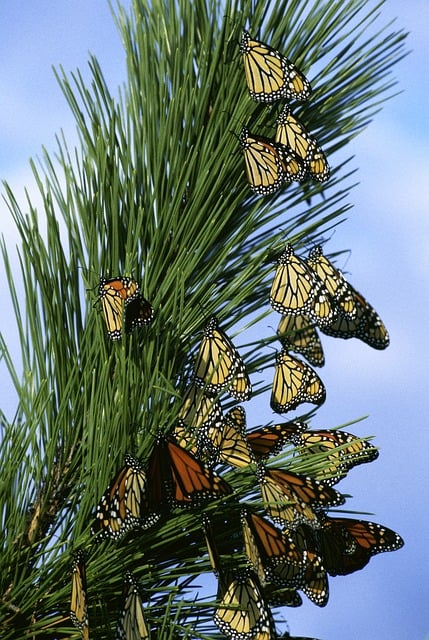
from Pixabay
Once settled in the north, during the late spring and summer, 2 – 3 generations reproduce in succession, with their eggs, larvae, and pupae depending on the milkweed plant as their host. Each generation only lasts two to five weeks (see ”Breeding Ecology”) until the final generation for that year is born, the fall migratory monarch. And then the monarch migration cycle begins again.
Environmental Conditions Impact Monarch Migration
So as you might guess, the monarch depends on many environmental conditions to ensure a safe roundtrip. Through community science efforts, scientists can narrow in on the specifics of what helps (and harms) the monarchs. Are they able to find much-needed fields of pollinator plants? Or have farmers plowed the land under to grow crops that are resistant to pesticides? Or has the land been developed into apartment complexes or shopping centers? Do monarchs prefer certain milkweed types and where are they found? And how is light pollution affecting the monarch’s ability to tell the length of the day, a key signal to start migration? Even the rumbling of trucks down a highway can impact the development of butterfly larvae on a milkweed plant. So where you live, what grows there, and how busy and polluted it is can impact the monarchs.
Monarch Migration: Track Butterflies on Their Journey
I hope that you are motivated now to help scientists care for migrating monarchs. Through our downloadable resource guide and tutorials, we will take you step-by-step through the process of how to track and report monarch sightings and learn more about their migration through real-time observations of people all over the U.S. So sign up for our FREE Community Science Project, “Save the Monarch Butterfly”, and get started!

